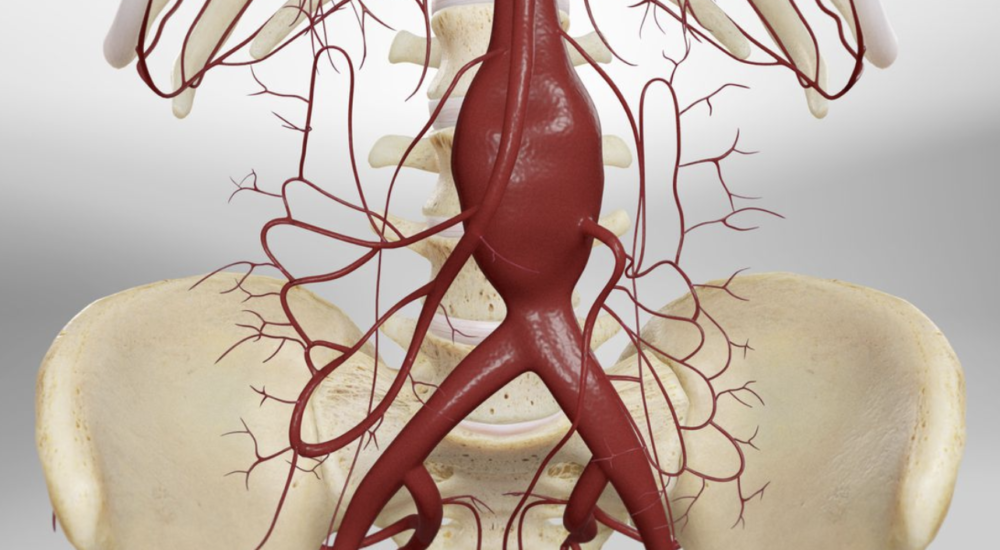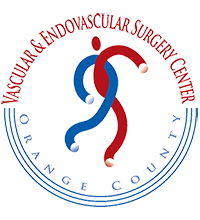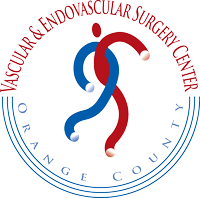Varicose veins are veins that have become enlarged and twisted. The term commonly refers to the veins on the leg, although varicose veins can occur elsewhere.

Varicose & Spider Vein

Endovenous Laser Ablation
Endovenous ablation is an image-guided, minimally invasive treatment for varicose veins. It uses radiofrequency or laser energy to cauterize the varicose veins.

Screenings
Vascular health screening involves a painless ultrasound test that does not require undressing, exercising or drawing blood.

Ambulatory Phlebectomy
a minisurgical treatment for superficial varicose veins and so-called side branches.

Surgical Ligation and Stripping
Ligation may be used in conjunction with vein stripping. In many instances, the vein is removed using a minimally invasive surgical procedure called venous ablation.

Sclerotherapy
It’s the treatment of varicose blood vessels by the injection of an irritant that causes inflammation, coagulation of blood, and narrowing of the blood vessel wall.

Cartoid Disease
Carotid artery disease is a disease in which a waxy substance called plaque builds up inside the carotid arteries.

Abdominal Aortic Aneurysm (AAA)
Ligation may be used in conjunction with vein stripping. In many instances, the vein is removed using a minimally invasive surgical procedure called venous ablation.

Peripheral Arterial Disease (PAD)
is a common circulatory problem in which narrowed arteries reduce blood flow to your limbs. When you develop peripheral artery disease (PAD), your extremities — usually your legs — don’t receive enough blood flow to keep up with demand.

Endovascular Surgery
is an innovative, less invasive procedure used to treat problems affecting the blood vessels, such as an aneurysm, which is a swelling or “ballooning” of the blood vessel. The surgery involves making a small incision near each hip to access the blood vessels.

Advanced Ischemic Disease
Ischemic disease of the lower extremities, also called leg ischemia, occurs when an artery in the legs is partially or completely blocked by plaque.

Dialysis Access
Dialysis access is a creation of an entranceway into the bloodstream so that blood can be cleansed by dialysis procedure. The access is usually in the arm or leg, and allows the blood to be removed and returned quickly, efficiently, and safely during dialysis.

